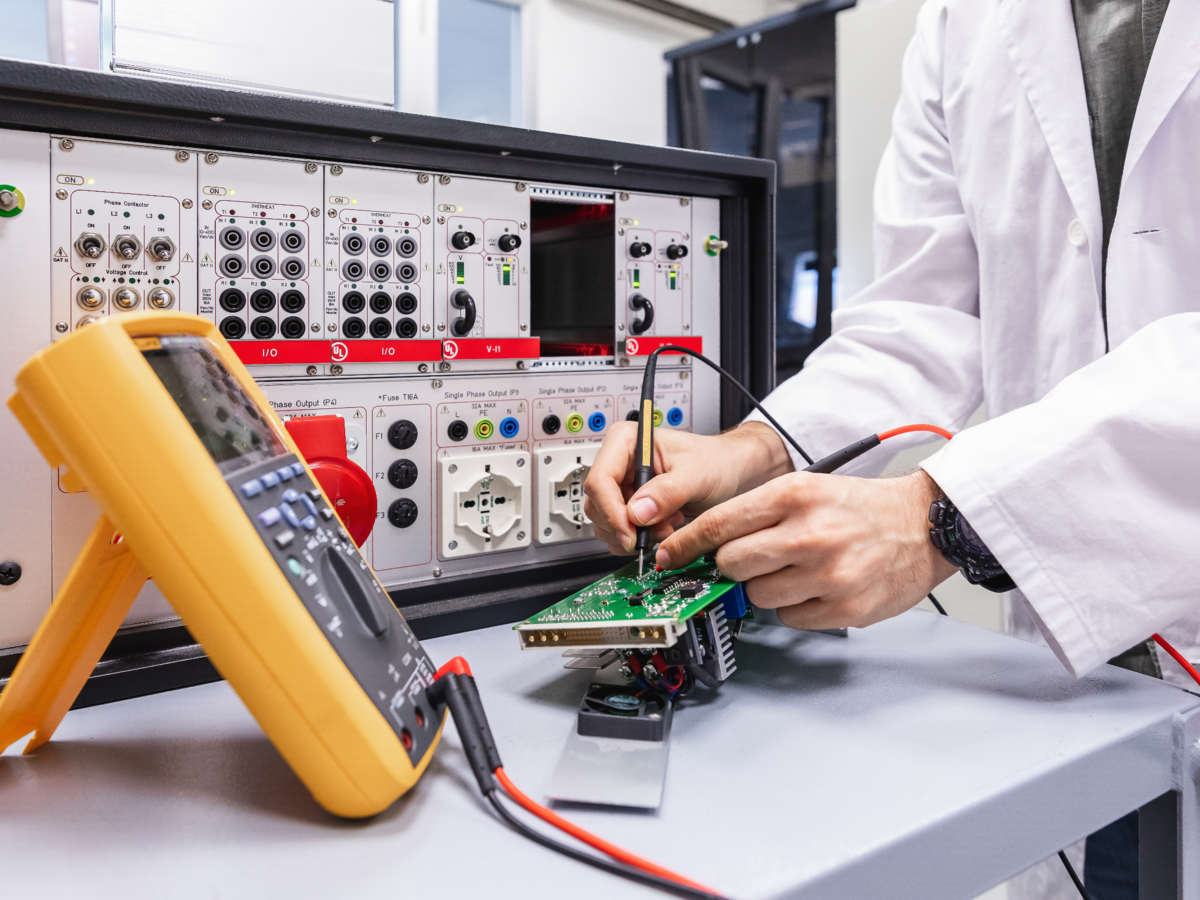September 28, 2021
UL acquired a Danish company that launched the D Mark in 1928 with the goal of increasing public safety. It was the first Mark in Denmark to build confidence in the use of safe electrical products.
The D Mark Electrical Safety Scheme outlines specific safety standard requirements for end products, components, parts and subassemblies intended to be built into end products. To help manufacturers demonstrate their compliance with European safety standards, UL provides independent, third-party certification services for electrical products and components. The following explains the purpose and application of the D Mark, and how it can help build trust with your customers.
What is the D Mark and what does it mean?
Owned by UL, the D Mark is a voluntary Danish electrical safety mark that indicates that an end-product, component, part or subassembly has been tested and found to comply with the electrical safety requirements of European standards with Danish national differences and other country national differences upon request.
Compliant end-products, components, parts or subassemblies are eligible for certification under the D Mark Electrical Safety Scheme.
What is the value of the D Mark?
EU legislation does not require a third-party safety certification mark for most types of electrical products. Volunteering to have your products tested according to the relevant European electrical safety standards demonstrates your commitment to compliance with safety standards. The D Mark builds trust with your customers that your product complies with relevant European electrical safety standards.
UL’s D Mark certification and test report can also serve as part of your documentation for the Technical File in support of your CE and UKCA marking.
On what kind of products does the D Mark appear?
UL’s D Mark appears on electrical products, components, parts and subassemblies that have been tested and found to comply with the requirements of the D Mark Electrical Safety Scheme. Each type of product or component have their own related safety standards.
What standards are used to certify products for the D Mark?
Requirements and standards vary based on the type of product, component, part or subassembly. We test products and parts across a broad range of industries, including technology and electronics, appliances, HVACR, wire and cable, healthcare and life sciences and lighting.
In the case of the D Mark, we test and certify according to harmonized and non-harmonized EN safety standards, such as EN 62368-1 and EN 60335-1/60335-2 series.
What organization is behind the D Mark?
Danmarks Elektriske Materiel Kontrol launched the D Mark in 1928. UL acquired the company in 1996.
Where are products tested that carry the D Mark?
UL is the only certification body authorized to operate the D Mark Electrical Safety Scheme.
D Mark certification testing may be performed by laboratories and customers’ facilities qualified by UL.
How long has the D Mark been in the marketplace?
Backed by UL International Demko A/S, originally Danmarks Elektriske Materiel Kontrol and former state company, the D Mark was launched in 1928 with the goal of increasing public safety. It was the first Mark in Denmark to build confidence in the use of safe electrical products.
Where are products carrying the D Mark distributed?
Products with UL’s D Mark can be found in Denmark and other Nordic countries, as well as widely across Europe.
Learn more about UL’s Certification Bodies and Schemes.
Get connected with our sales team
Thanks for your interest in our products and services. Let's collect some information so we can connect you with the right person.

